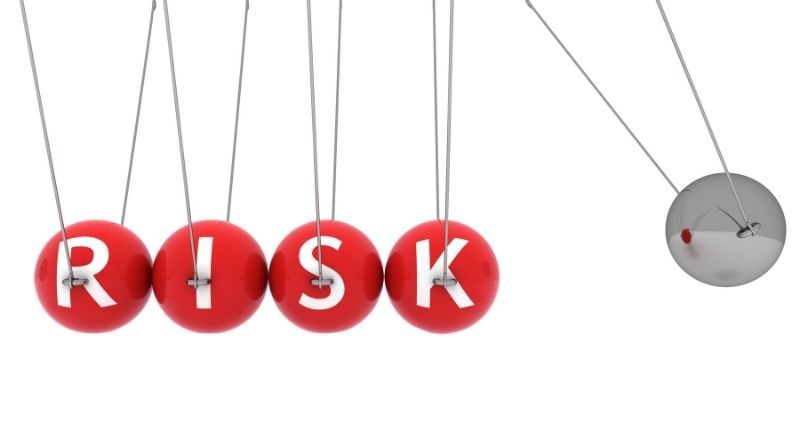- With stimulus ending, the risk of higher unemployment and mortgage default rises
- However, with record high job vacancies and low interest rates, default risk is reduced
- There is always some risk, but only 0.7% of total home loans have been deferred
The end of the JobKeeper payment program should not represent a systemic risk for mortgage defaults in the housing market, according to some property commentators.
They point to the latest update from the borrowing regulator, the Australian Prudential Regulation Authority (APRA), which showed swings towards the resumption of loan repayments. In fact, only a total of $11.7 billion of housing loans remained deferred, 0.7% of housing loans by value. In perspective, new housing lending is running at around $30 billion per month.
“At the individual level there might be the potential for mortgage stress and a modest increase in unemployment resulting from the ending of the JobKeeper program, and as many are switched onto the JobSeeker income support package.”
Pete Wargent, buyers agent and property commentator
“In addition, housing prices are now rising almost across the board, significantly reducing the willingness to default, and lenders have more flexibility to offer interest-only terms or work with borrowers in hardship.
“Notably, lenders have effectively been the ‘shock absorbers’ of the housing market during the … pandemic, trying to minimise reputational damage and keep forced sales to a minimum”.
“Best of all, there were about 290,000 job vacancies by the end of February, by far the highest figure we’ve seen in Australia, and this at a time when immigration is effectively switched off.
“Overall the government’s stimulus packages have been successful in limiting the fallout from the 2020 disruptions, and most of those urgently seeking work will thankfully find it in the current environment,” Mr Wargent said.
Job vacancies, Australia, 1997-2021

Doron Peleg, CEO of RiskWise Property Research, reported that job vacancies at more than 2% of the labour force was a record high, and this pointed to a lower unemployment rate ahead, despite the end of the JobKeeper payment program.
“The pace of the employment recovery, with total employment hitting a record high of more than 13 million, has been such that there are already some signs of labour shortages, notably in the accommodation and food services sector, even though overall there is still slack in the labour market,” he said.
Job vacancies versus unemployment rate, Australia 2001-2021

The ABS reported that private-sector job vacancies have increased by 29% since February 2020, above pre-pandemic levels, while public sector vacancies were also up by 13% over the past year.
There have been significant increases in vacancies in construction, driven by the successful HomeBuilder stimulus package, accommodation, and food services, as consumers return to socialising, and other service roles.
Meanwhile, casual staff and lower-paid employees in industries such as hospitality and retail were the most adversely impacted employees through the coronavirus recession.
“The highest risk sector of the market remains the high-rise rental apartments in the central business districts of Sydney and Melbourne, as there has been a general shift away from density over the past year, while the absence of international students and tourists has exacerbated the trend.”
Doron Peleg, RiskWise
Despite this, Mr Wargent maintained that there was no systemic risk of mortgage default arising from the JobKeeper program being phased out.
“Unit rents have fallen in the inner cities, but so too have mortgage rates. And, as workers return to offices in the most populous cities, vacancies have generally begun to fall as reduced rents are luring tenants back in,” Mr Wargent said.
“Property investors are also turning their attention to units, in search of bargains, which is supporting prices. Analysts are always looking for mortgage stress, but at the macro level, it’s not much in evidence.”








